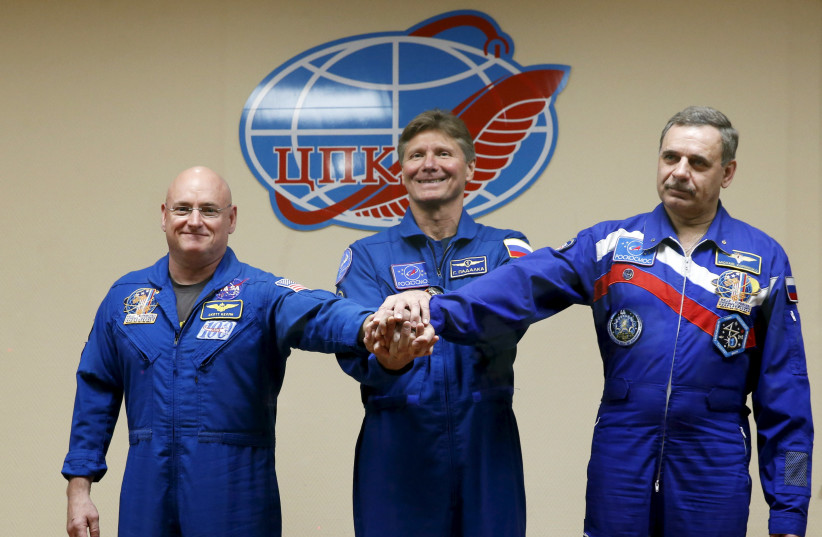NASA revealed this week that International Space Station’s Environmental Control and Life Support System (ECLSS) is recycling 98 percent of all water astronauts bring onboard the station, Space.com reported.
The initiative, which aims to provide astronauts with necessities without needing resupply missions, will reportedly use “advanced dehumidifiers” to hold moisture the station’s crew breaths and sweats as they perform everyday tasks. Urine will be recycled too, under a “urine processor assembly,” which NASA said will re-use what the crew pees with the aid of vacuum distillation.
Does this mean NASA astronauts will be drinking urine?
Similar to other recycled wastewater, NASA said the water will be treated with a series of specialized filters and a catalytic reactor that breaks down any trace contaminants that may remain.

The water's cleanliness will be examined with sensors and if the liquid does not meet standards it will be sent back for reprocessing. Furthermore, iodine will be added to approved water to prevent the growth of microbes.
"The crew is not drinking urine; they are drinking water that has been reclaimed, filtered, and cleaned such that it is cleaner than what we drink here on Earth," ECLSS water subsystems manager Jill Williamson explained to Science.com.
"The processing is fundamentally similar to some terrestrial water distribution systems, just done in microgravity," Williamson continued.
Where else is urine recycled?
Recycling urine collected from toilets in small-scale horticulture to use as fertilizer to grow food can make a big difference to local food security. In turn, it can also improve the local environment by promoting the wider use of toilets.
Durban, South Africa has been at the forefront of the urine recycling movement worldwide – the city already has nearly 80,000 urine-separating toilets and over 1,000 community ablution blocks that have male urinals. These toilets serve approximately 450,000 people. Drying the urine collected from these toilets can be the next chapter in the city’s ongoing efforts to embrace new sanitation systems.
Reuters contributed to this report.
